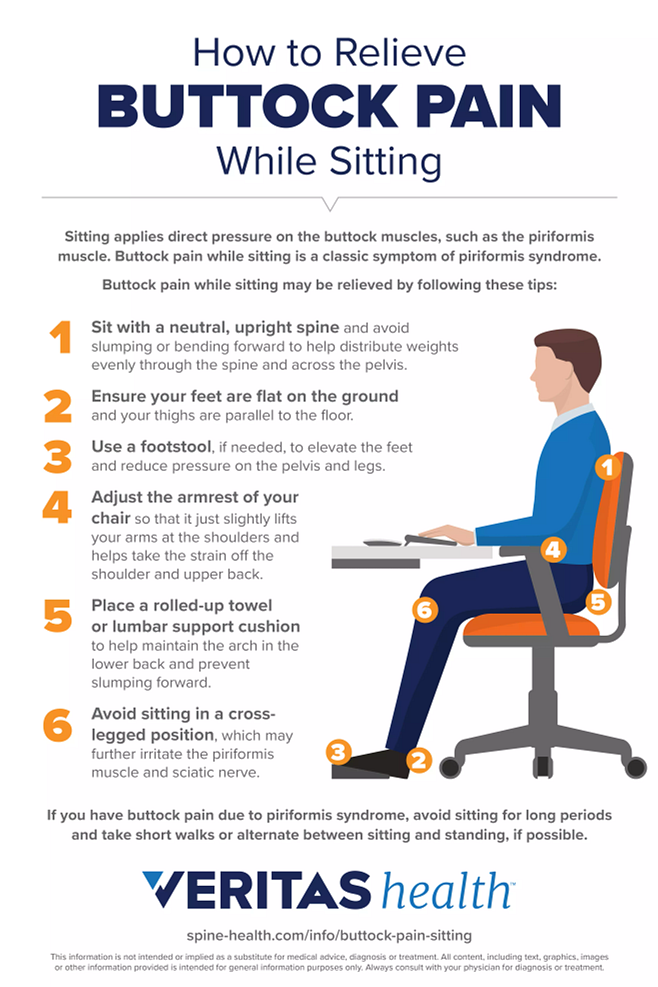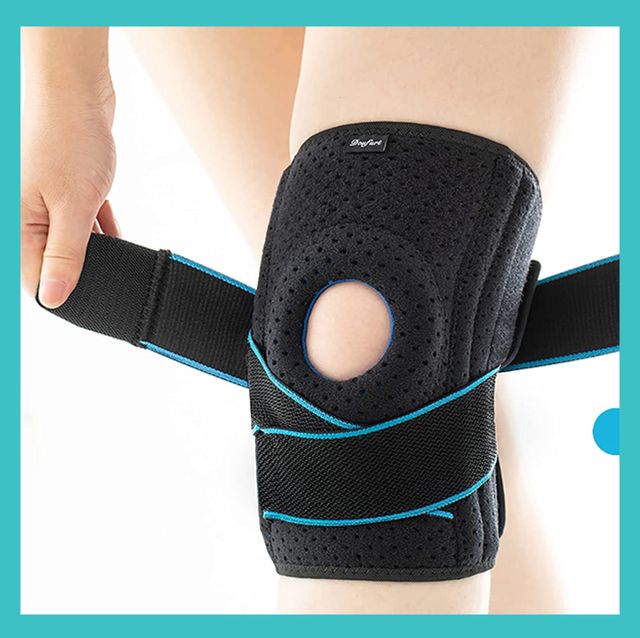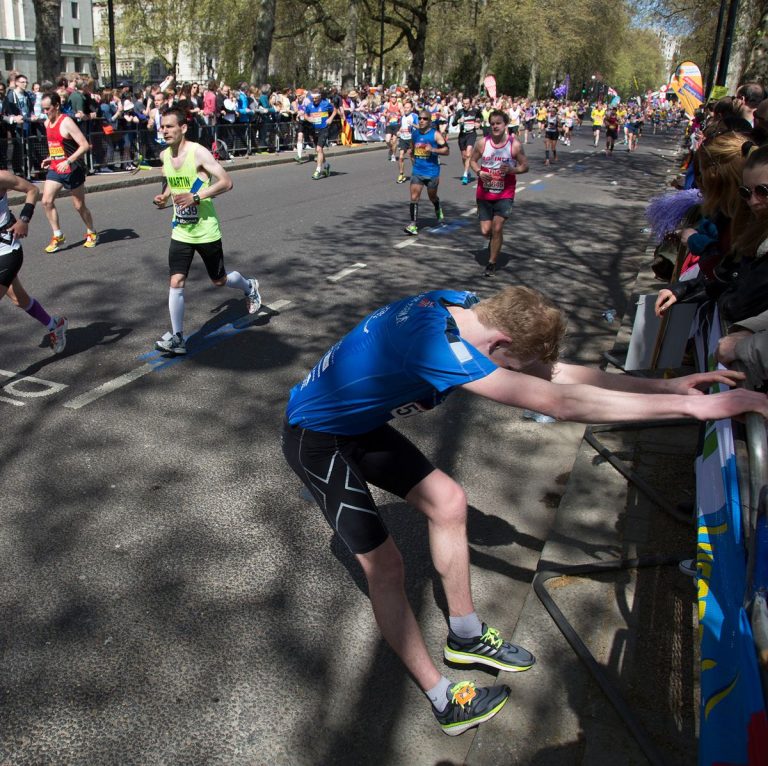Piriformis Syndrome Exercises: Alleviating a Pain in the Butt
Alleviate Piriformis Syndrome pain with targeted exercises designed to strengthen and stretch your muscles. These exercises can help reduce discomfort and improve mobility, leading to a better quality of life.
Piriformis Syndrome causes pain in the buttocks due to the compression of the sciatic nerve by the piriformis muscle. By incorporating specific exercises into your routine, you can target the affected muscles, alleviate tension, and promote healing. Whether you are dealing with acute or chronic pain, incorporating these exercises can be beneficial in managing Piriformis Syndrome and enhancing your overall well-being.
It’s essential to consult with a healthcare professional before starting any new exercise regimen, especially if you are experiencing severe pain or discomfort.
What Is Piriformis Syndrome?
What is Piriformis Syndrome?
Piriformis syndrome is a condition that occurs when the piriformis muscle, located in the buttocks, becomes inflamed or irritated. The piriformis muscle plays a crucial role in the movement of the hip joint, and when it becomes tight or spasms, it can compress the nearby sciatic nerve, leading to symptoms such as pain, tingling, or numbness in the buttocks and down the leg.
Symptoms Of Piriformis Syndrome
Piriformis syndrome can manifest through various symptoms, including:
- Pain in the buttocks that may radiate down the leg
- Tingling or numbness in the buttocks or leg
- Difficulty sitting for prolonged periods
Causes Of Piriformis Syndrome
Several factors can contribute to the development of piriformis syndrome, including:
- Overuse of the piriformis muscle
- Direct trauma to the buttocks
- Unusual or excessive physical activities
- Abnormal anatomical variations

Credit: www.spine-health.com
Exercises To Relieve Piriformis Syndrome
Relieve the pain in your buttocks with these effective exercises for piriformis syndrome. Alleviate discomfort by incorporating stretches like pigeon pose and hip rotations into your workout routine.
Piriformis Syndrome Exercises:Stretching Exercises
piriformis muscles, reducing pain and discomfort effectively.Strengthening Exercises
support to the piriformis muscle, promoting healing. Stretching regularly can significantly help relieve piriformis syndrome pain. Key stretches include pigeon pose, figure-4 stretch, and seated spinal twist. Ensure proper form and consistency to see improvements gradually. Strengthening exercises such as clamshells, bridges, and squats build muscle support. Regularly incorporating these exercises can prevent future flare-ups of piriformis syndrome.Tips For Effective Exercise
Discover effective piriformis syndrome exercises that can help alleviate the pain in your buttocks. With targeted stretches and strengthening moves, you can find relief and improve your overall mobility. These exercises can address the root of the issue and prevent future discomfort.
:max_bytes(150000):strip_icc()/sleep-piriformis-syndrome-5095695-FINAL-1c994cf25de54baf84ae259d9d4c11ab.jpg)
Credit: www.verywellhealth.com
Other Treatment Options
Piriformis syndrome can be a real pain in the butt, but there are various treatment options available to help alleviate the discomfort. In addition to exercises, other methods such as physical therapy and medications can also play an important role in managing the symptoms.
Physical Therapy
Physical therapy is a crucial aspect of treating piriformis syndrome. A skilled physical therapist can devise a personalized treatment plan that includes stretching exercises, targeted strengthening routines, and manual therapy to relieve tension in the piriformis muscle. These specialized exercises and techniques can help reduce pain and increase mobility in the affected area.
Medications
Medical intervention may be necessary to manage the pain and discomfort associated with piriformis syndrome. Nonsteroidal anti-inflammatory drugs (NSAIDs) such as ibuprofen or naproxen can help alleviate pain and reduce inflammation. In some cases, muscle relaxants may be prescribed to relieve muscle spasms and improve comfort. Additionally, corticosteroid injections may be administered directly into the piriformis muscle to provide targeted pain relief.
Preventing Piriformis Syndrome
Piriformis syndrome is a common cause of buttock and leg pain. The piriformis muscle, located deep within the buttock, can become tight or inflamed, leading to discomfort and limited mobility. While treatment for piriformis syndrome typically focuses on relieving symptoms, prevention plays a crucial role in avoiding future episodes of pain.
Correct Posture And Body Mechanics
Proper posture and body mechanics are essential for preventing piriformis syndrome. Maintaining correct posture while sitting, standing, or lifting heavy objects helps redistribute weight and minimize strain on the piriformis muscle. Here are some tips:
- When sitting, sit up straight with your feet flat on the floor and your back supported by the chair.
- When standing, keep your weight evenly distributed on both feet and avoid slouching or leaning to one side.
- When lifting heavy objects, use your legs instead of your back and maintain a straight spine.
Regular Stretching Routine
Regular stretching can be immensely beneficial in preventing piriformis syndrome. Stretching the piriformis muscle helps improve flexibility, reduce tension, and enhance overall muscle function. Incorporate the following stretches into your routine:
- Standing Piriformis Stretch: Stand with one leg crossed over the other, resting the ankle on the opposite knee. Slowly lower your hips as you lean forward, feeling a stretch in the buttock of the crossed leg. Hold for 30 seconds and repeat on the other side.
- Lying Piriformis Stretch: Lie on your back with both knees bent. Cross one ankle over the opposite knee and gently pull the crossed leg toward the chest until a stretch is felt in the buttock. Hold for 30 seconds and switch sides.
- Seated Piriformis Stretch: Sit on the edge of a chair with one foot flat on the floor. Cross the opposite ankle over the knee of the extended leg. Lean forward, applying gentle pressure to the crossed knee. Hold for 30 seconds and switch sides.
An effective piriformis stretching routine should include each of these stretches and be performed daily or at least several times a week. Remember to stretch both sides, even if you only experience pain on one side. Starting slowly and gradually increasing the duration and intensity of each stretch will yield the best results.

Credit: health.clevelandclinic.org
Frequently Asked Questions For Piriformis Syndrome Exercises: Alleviating A Pain In The Butt
Q: What Are The Best Exercises For Piriformis Syndrome?
A: Stretching exercises like pigeon pose and seated figure four can effectively help alleviate piriformis syndrome pain.
Q: How Long Does It Take To Recover From Piriformis Syndrome?
A: With regular exercises and proper treatment, most people start experiencing relief within a few weeks to a couple of months.
Q: Can Piriformis Syndrome Cause Other Complications?
A: Yes, if left untreated, piriformis syndrome can lead to sciatica and affect your daily life activities.
Conclusion
Incorporating these exercises into your routine can bring relief from the discomfort of piriformis syndrome. By strengthening and stretching the affected muscles, you can regain mobility and reduce pain. Consistency and patience are key when implementing these exercises. Remember to consult a healthcare professional before starting any new exercise regimen.
Your efforts will pay off as you work towards alleviating the pain in your backside.





